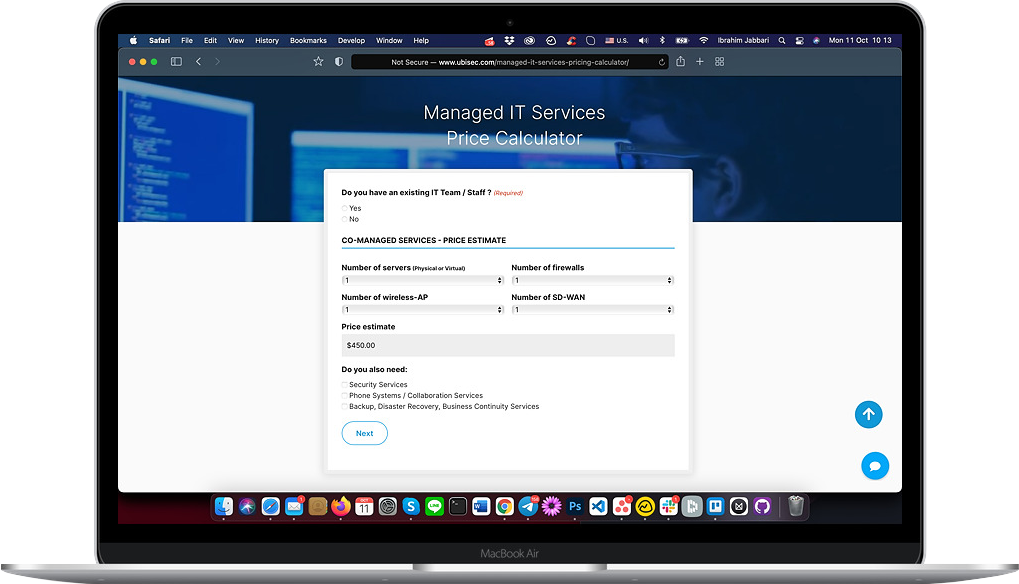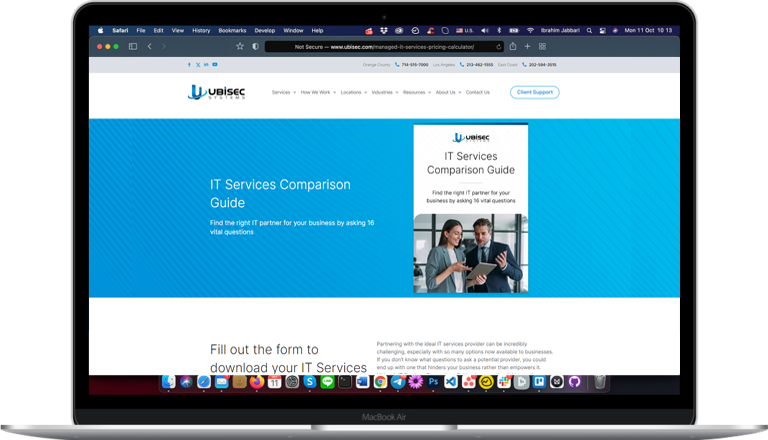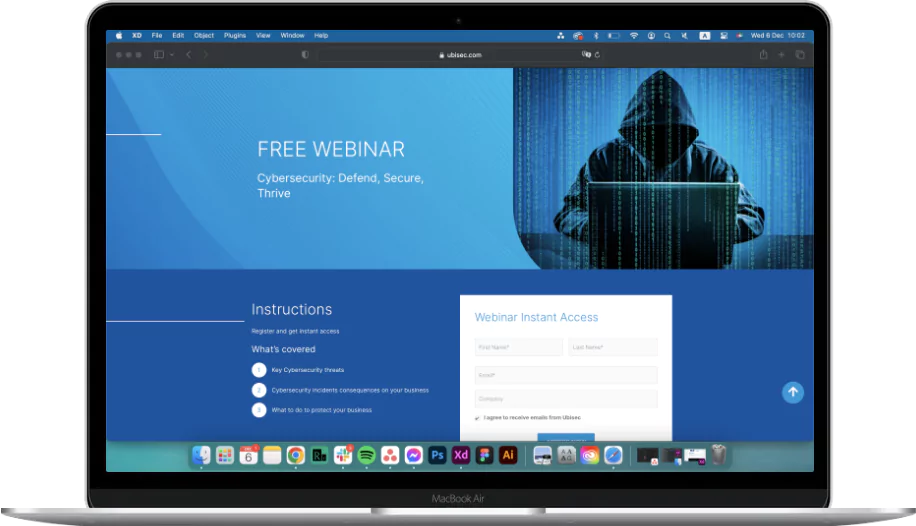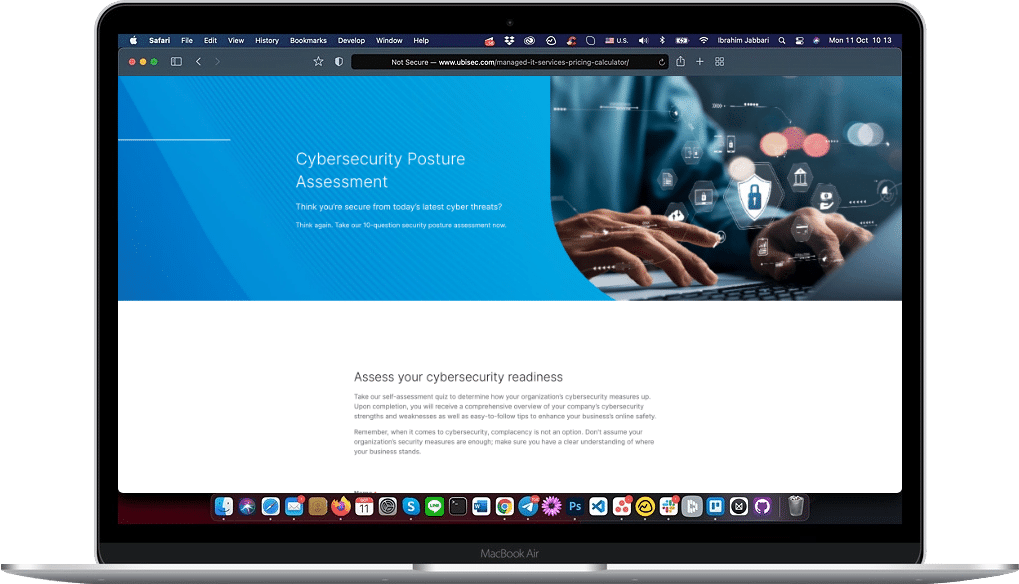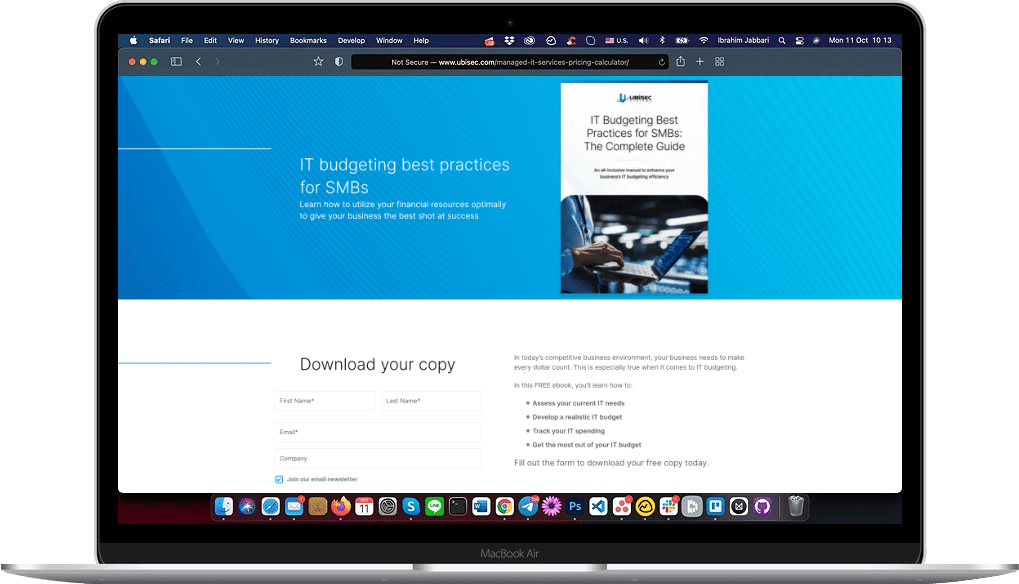The COVID-19 pandemic may have subsided for now, but the remote working legacy it left behind remains ingrained in the minds of employees the world over. There is a growing realization amongst companies and their staff that physical presence in the office may not be as critical as previously thought. Most businesses have survived the change and some have even thrived, leaving many to question whether a return to office-based work is necessary. With remote work technologies already in place, this all depends on how well organizations and their employees adapt to this bold new lifestyle.
What Is Remote Work?
The term remote work defines any work completed from a location that is not part of the organization’s corporate offices. In most cases, it describes employees who telecommute, or work from home (WFH), but can also include freelancers working from abroad and contractors working off site, or any other type of work that is done away from company premises. Most times, work done remotely is identical to the work you would do in the office. However, the environment is significantly different and comes with several benefits and challenges.
While remote work programs have existed for many years, the COVID-19 pandemic catapulted them into the mainstream when people the world over were forced to quarantine at home. As the pandemic dragged on, it became apparent that remote work was the only option if businesses hoped to survive. Fortunately, digital communications have now reached a point where working remotely is a perfectly viable option for the vast majority of employees.
Is Remote Work Still Applicable in 2022?
As pandemic restrictions ease off and offices open up, the trend toward remote work has not decreased. Two years on and the number of remote workers is higher than ever and continues to climb. In a recent survey, almost 50% of companies said they already provide permanent remote positions, with a further 42% considering the option.
We’ve also seen a rapid rise in hybrid work, a unique solution that offers a mixture of employees who work from home and the office. This strategy aims to take advantage of downsizing office space while still benefiting from having some permanent staff on site. It typically gives certain employees two or three days a week at home, while providing them with revolving hotdesks when they come into the office.
Overall, it’s clear to see that remote working in some form or another is here to stay. Let’s look at how this will affect organizations in the future and the solutions available to support it.
What Are the Different Remote Work Models?
Remote work setups can be implemented in a variety of ways, including fully remote, hybrid, and partially remote.
Fully remote
In a fully remote model, employees work from home permanently and often never meet other staff members in-person. In this model, employees can be based anywhere in the world and the organization doesn’t require any physical office space. The remote working technologies available for this model include secure communications, time tracking tools, and remote management software.
Hybrid
The hybrid model splits employees between the home and office, typically allowing a few days a week for home working. It’s attractive to businesses that only need certain staff on site occasionally and want to reduce expenses by downgrading their office space. This model also gives employees a smoother transition to a home working environment without leaving them entirely isolated.
Partial remote work
In a partial remote work model, employees are given the option to work from home a few days a week. This gives managers a chance to see which employees work better from home and allows the team a smoother transition to a potentially fully remote model.
What Are the Different Remote Work Solutions?
The “new normal” work environment has given rise to the development of remote work tools designed to improve productivity and support better communications and real-time collaboration. How well these tools compare to the real thing in terms of productivity, agility, and innovation depends on the provider. Can they deliver benefits equal to those found in a traditional office space and will they eventually improve upon the old model?
Remote Access VPN
One of the oldest remote access solutions is a virtual private network (VPN), a piece of software that allows remote users to connect to company servers securely. VPNs are still widely used today but usually in unison with cloud-based solutions.
Cloud-Based Systems
Cloud-based solutions use secure data warehouses to store company systems and allow remote employees to safely access them from anywhere in the world. UBISEC’s cloud services include a remote phone system, cloud storage with uninterrupted access, SD-WAN, and a virtual desktop infrastructure.
- Software-defined wide area network (SD-WAN)
This tool creates a virtual environment wherein remote users collaborate on a piece of software as if on the same private network. UBISEC’s SD-WAN-as-a-Service provides a secure and optimized cloud-based software environment.
- Virtual desktop infrastructure (VDI)
Virtual desktop infrastructure provides remote employees with a direct connection to their office computer. No matter where they are in the world, it’ll feel like they’re sitting at their own desk. UBISEC uses Cisco’s Unified Computing System (UCS) and HyperFlex to deliver a next-generation virtual desktop solution.
Cybersecurity solutions
Security is key when working remotely, as home networks are often far less secure than corporate networks. It’s critical that your remote working solution includes cybersecurity that protects your company data while in storage and transit. UBISEC’s Cybersecurity service includes web, email and endpoint security, intrusion prevention, next-gen firewalls, and more.
Disaster recovery
Disaster recovery is critical to ensuring your remote staff can continue working in the event of an IT issue or security breach. UBISEC’s disaster recovery service includes a business continuity assessment, real-time backups, 24/7 data monitoring, recovery plans, and remote support.
Implementing Remote Work Solutions: Best Practices
The following best practices will help you develop and implement effective remote work programs:
- 1. Formulate comprehensive remote work policies that define communication protocols, remote collaboration workflows, work tracking/monitoring processes, and standards for data security, employee wellness, etc.
- 2. Unify your remote work tools by connecting project management tools, HR/payroll tools, and cloud solutions, etc.
- 3. Streamline the onboarding process with automated processing, self-service training, and development portals. Provide a remote working handbook that details remote technologies and outlines responsibilities.
- 4. Budget for and provide employees with the workspace resources they need, including funding for office equipment, health and safety measures, network tools, etc.
- 5. Enlist the services of an IT solutions provider to manage business-critical remote work technologies like security, disaster recovery, cloud services, WAN, VPN, etc.
How to Create a Successful Remote Work Environment
From a management point of view, creating a successful remote working environment requires strong leadership, an open-minded approach, faith in your employees, and carefully managed IT systems. While your existing IT department may be able to implement a short-term solution, most organizations require the expertise of a managed services provider to achieve an effective remote work setup.
Whatever your business size, UBISEC’s remote-work ready solutions are tailored to fit both small office/home office (SOHO) and remote office/branch office (ROBO) environments. We can equip you with the solutions you need to secure your systems, keep employees happy, and maximize productivity.
Schedule an appointment to learn more or receive a customized proposal.
Interested to know the average cost of co-managed or fully managed IT services? Try out our MSP price calculator and get an estimate.
FAQ:
What is the best way to work remotely?
To work from home effectively, you should:
- Have a designated workspace that is quiet and comfortable.
- Maintain a professional appearance and follow a strict work schedule.
- Follow a standard office routine with lunch and coffee breaks so you aren't overworked.
What are the top 3 challenges of working from home?
Working remotely also brings up challenges that need to be considered before making the move:
- 1. Maintaining a healthy work-life balance. Some employees lack the dedication to work from home, while others may struggle to give themselves adequate personal time.
- 2. Creating a healthy work environment. Not all employees have adequate space at home to create a healthy work environment, such as ergonomic seating or sufficient airflow.
- 3. Providing balanced supervision. While some employees require strict supervision, others may find supervisory methods like cameras or timekeeping intrusive.
How do you monitor employees working from home?
The most common remote work tools for monitoring WFH employees include time tracking software, website monitors, keystroke loggers, and key performance indicators (KPIs).

